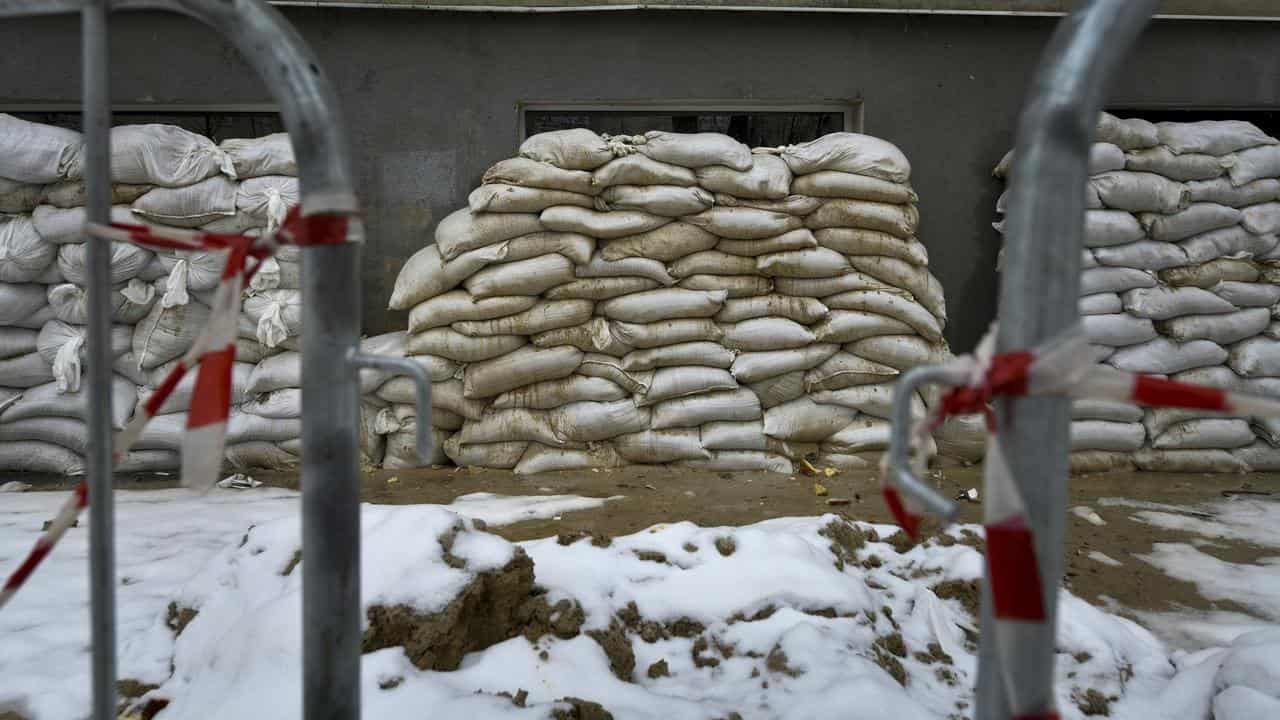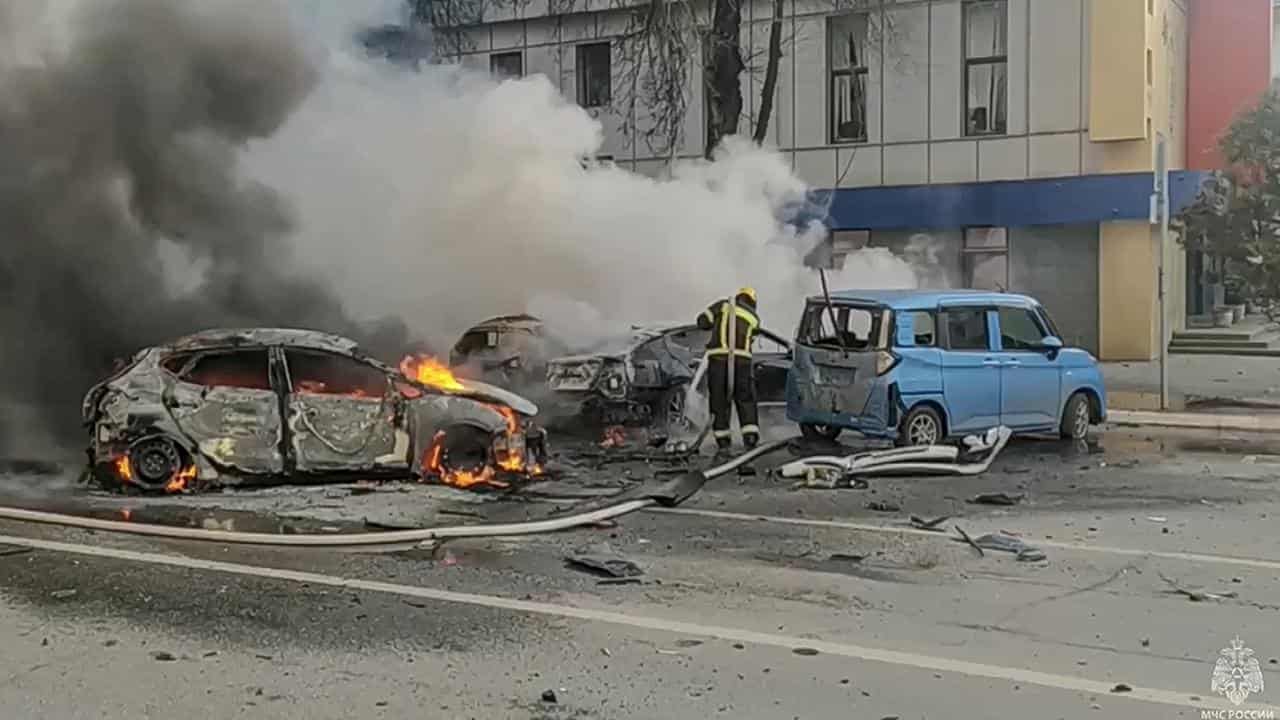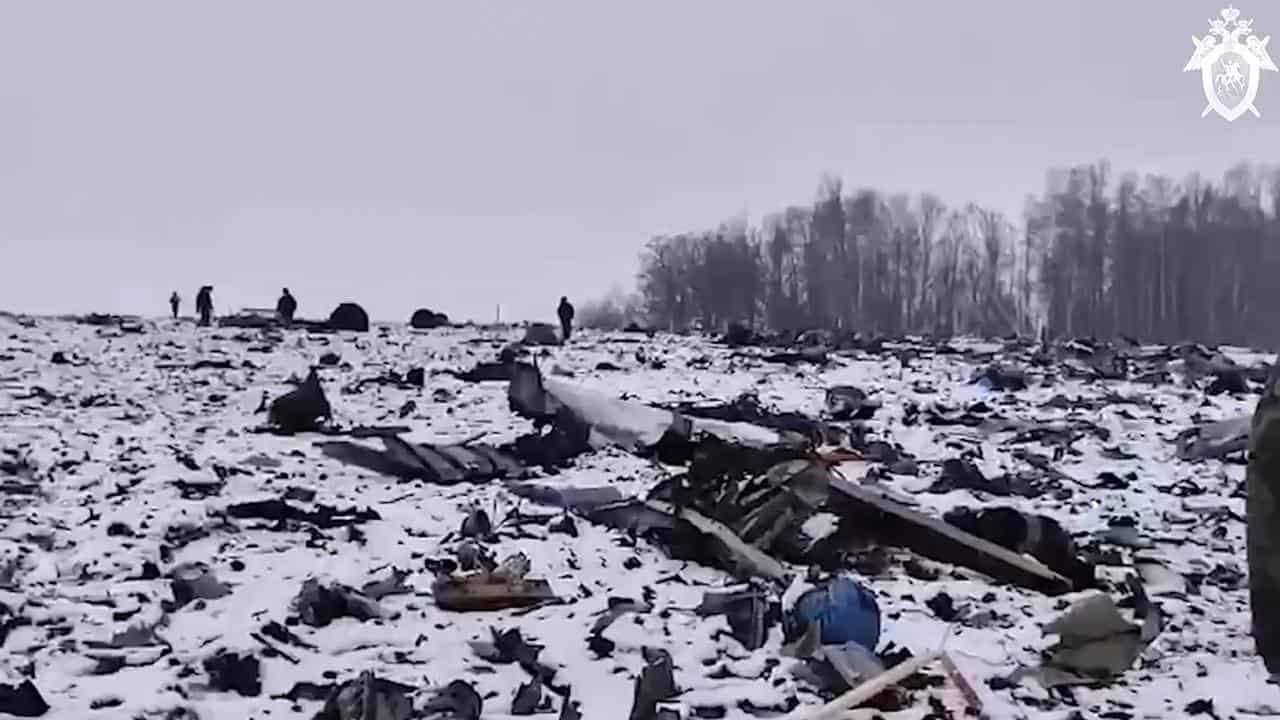
The wail of air raid sirens is commonplace in Belgorod, a Russian border city whose residents are on edge following a Ukrainian missile attack on a New Year's holiday weekend that left dozens of people dead and injured.
A spectacular explosion rocked a huge fuel export terminal on the Baltic Sea southwest of St Petersburg this month from a Ukrainian drone, forcing the energy company Novatek to suspend operations for several days.
Last week, an apparent drone attack in the Black Sea port of Tuapse in the southern Krasnodar region hit one of Russia's largest refineries and ignited a fire, while another big refinery in the Volga River city of Yaroslavl, north of Moscow came under attack early Monday, but officials said there was no damage.

There also have been strikes on a gunpowder factory in the Tambov region and arms producers and military facilities in the Bryansk, Smolensk and Tula regions.
Attacks like these are dealing a heavy blow to President Vladimir Putin’s attempts to reassure Russians that life in the country is largely untouched by the nearly two-year-old war.
“Ukraine has increased its capacity to strike back against Russia,” Michael Kofman, a military expert with the Carnegie Endowment, said in a recent podcast.
“You see increased Ukrainian attacks against Russian critical infrastructure, retaliatory attacks against cities like Belgorod and greater strikes against Russian military base in Crimea.”
As Putin ramps up his campaign ahead of the presidential election in March, he wants to maintain an air of normalcy. But the increasingly frequent Ukrainian attacks have raised the visibility of the war on Russian soil, and there are other signs the conflict is increasingly challenging the Kremlin's tight control of the political scene.

Certainly the December 30 strike on Belgorod marked a bloody escalation in the minds of many Russians. A barrage of missiles struck the city of 340,000, which is about 40km east of the Ukrainian border, on a holiday weekend when people were out shopping, ice skating and watching New Year's festivities. Officials said 25 people were killed, including five children, and over 100 were injured.
It's not the first time Belgorod has been touched by the war, with drone strikes and other attacks early in the conflict. In April 2023, a bomb accidentally released by a Russian warplane exploded in a street, gouging a huge crater and injuring two people.
On January 24, the Defense Ministry said a military transport plane was shot down in the Belgorod region while carrying Ukrainian prisoners of war, killing all 74 people aboard.
Putin said the December 30 shelling of Belgorod left him “boiling with anger,” describing it as an act of desperation by Kyiv following the failure of Ukraine's counteroffensive.
“They want to show their people and their sponsors who give them money, weapons and ammunition that they can retaliate against Russia’s action,” he said.

“They want to show that they can also do something, but instead of fulfilling military tasks, they use barbaric methods and strike peaceful settlements with indiscriminate weapons.”
Throughout the war, the Kremlin claims Russia has hit only military targets in Ukraine — despite widespread evidence to the contrary and heavy civilian casualties in places like Kyiv, Mariupol and Kharkiv.
At a news conference in August, Ukrainian President Volodymyr Zelenskiy said Russia had launched over 6500 missiles and 3500 drones since the war began, most of them at civilian targets. In a New Year’s address to the nation, he vowed: “The one who brings hell to our land will one day see it from their own window.”
Russian hawks have pointed to Belgorod as a turning point for the Kremlin to raise the stakes in the war with some demanding an escalation in fighting.
With fighting largely frozen along the 1500km front line during winter, the missile and drone attacks inside Russia have demonstrated Ukraine’s long-range strike capability that is stretching Moscow’s security assets.









